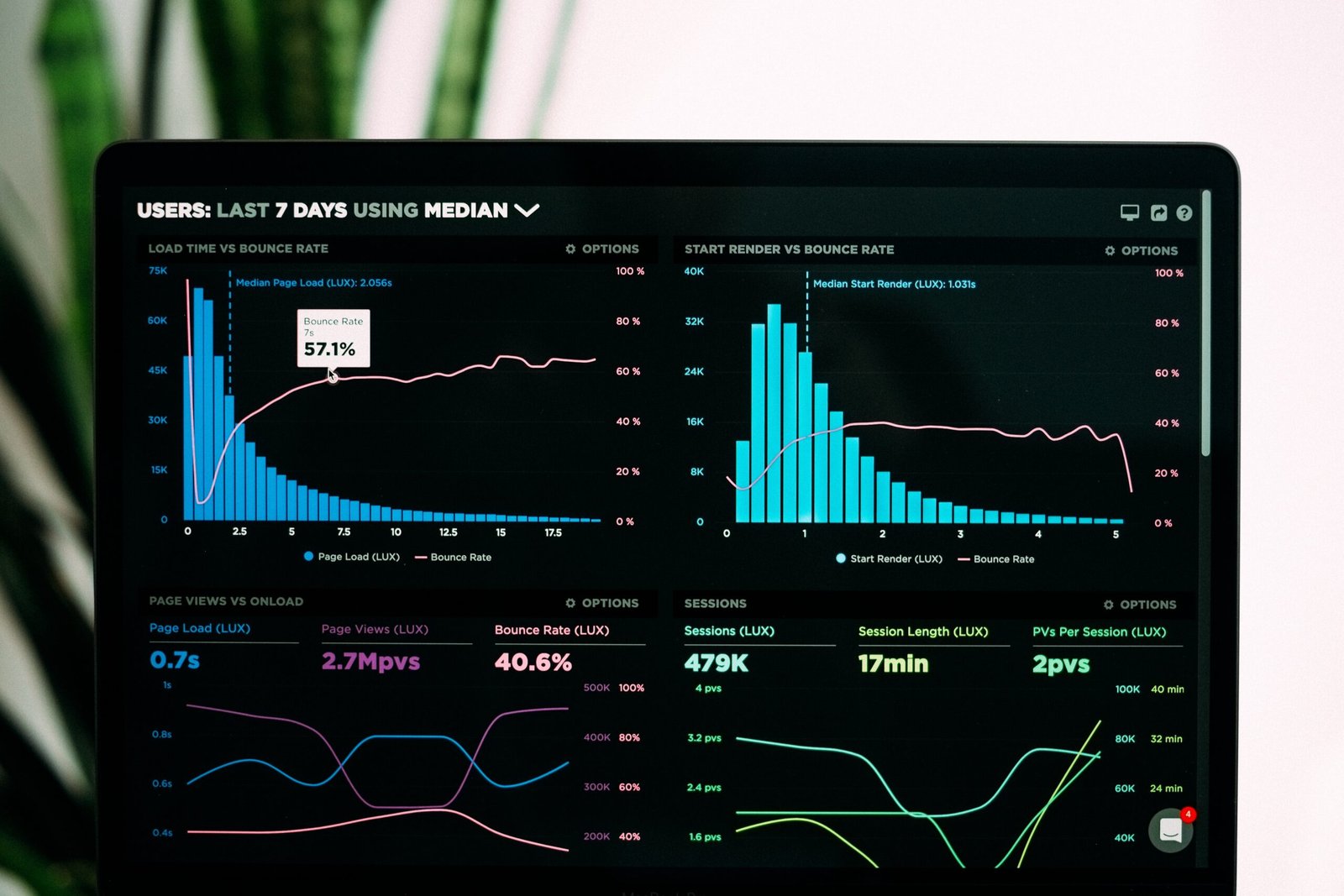As the field of data analysis continues to grow and evolve, it is crucial for professionals to stay updated with the latest tools and technologies. With the rapid advancements in technology, new analytical tools are constantly emerging, making it essential for aspiring data analysts to choose the right tool to learn and master.
Best Analytical Tool to Learn in 2024 and Start Data Analysis
In 2024, there are several analytical tools that hold great potential for data analysis. In this blog post, we will explore some of the best tools to consider learning and starting your journey in data analysis.
1. Python
Python has gained immense popularity in the field of data analysis due to its simplicity, versatility, and extensive libraries such as NumPy, Pandas, and Matplotlib. It is a powerful programming language that allows you to perform complex data manipulations, statistical analysis, and data visualization. Python’s syntax is easy to learn, making it an ideal choice for beginners.
Whether you are working with structured or unstructured data, Python provides a wide range of libraries and frameworks to handle different types of data analysis tasks. Its strong integration with other tools and technologies, such as machine learning libraries like Scikit-learn and TensorFlow, further enhances its capabilities in data analysis.
2. R
R is another widely used programming language for data analysis and statistical computing. It offers a comprehensive set of packages and libraries specifically designed for data analysis, making it a preferred choice for statisticians and researchers.
R provides a rich ecosystem of statistical functions and visualization tools, allowing you to explore and analyze data effectively. Its extensive collection of packages, such as dplyr, ggplot2, and tidyr, enables you to manipulate data, create visualizations, and perform advanced statistical modeling.
Moreover, R has a vibrant community that actively contributes to the development of new packages and provides support through forums and online communities. This makes it easier for beginners to seek help and learn from experienced R users.
3. SQL
Structured Query Language (SQL) is a fundamental tool for data analysis, especially when working with relational databases. SQL allows you to retrieve, manipulate, and analyze data stored in databases efficiently.
Learning SQL enables you to write queries to extract specific information from large datasets, perform aggregations, join tables, and apply various filtering and sorting techniques. It is a valuable skill for anyone working with databases and handling large volumes of data.
Furthermore, SQL is widely used in conjunction with other programming languages and analytical tools, making it an essential skill for data analysts and data scientists.
4. Tableau
Tableau is a powerful data visualization tool that allows you to create interactive dashboards and reports from various data sources. It provides a user-friendly interface and drag-and-drop functionality, making it easy to visualize and explore data without the need for extensive coding.
With Tableau, you can create visually appealing charts, graphs, and maps to present data in a meaningful way. Its interactive features enable users to drill down into the data and gain deeper insights. Tableau’s ability to connect to multiple data sources and blend them together makes it a versatile tool for data analysis.
5. Excel
Although Excel may not be considered a traditional analytical tool, it remains a valuable tool for data analysis due to its widespread use and familiarity. Excel provides a range of functions, formulas, and features that allow you to perform basic data analysis tasks.
With Excel, you can sort and filter data, perform calculations, create pivot tables, and generate charts and graphs. It is a versatile tool for organizing and analyzing small to medium-sized datasets.
While Excel may not have the advanced capabilities of other tools mentioned earlier, its simplicity and accessibility make it a suitable starting point for beginners in data analysis.
Conclusion
Choosing the right analytical tool to learn in 2024 is crucial for anyone aspiring to start a career in data analysis. Python, R, SQL, Tableau, and Excel are among the top tools that offer a wide range of capabilities for data analysis.
Consider your specific needs, the type of data you will be working with, and the industry requirements when selecting the best tool for your data analysis journey. Remember to stay updated with the latest trends and advancements in the field to ensure your skills remain relevant and in-demand.
Start learning and mastering these tools to unlock the potential of data analysis and pave the way for a successful career in this rapidly growing field.
Top 10 Biggest Companies in the World Working in the AI Field


Very informative
Post more informative article